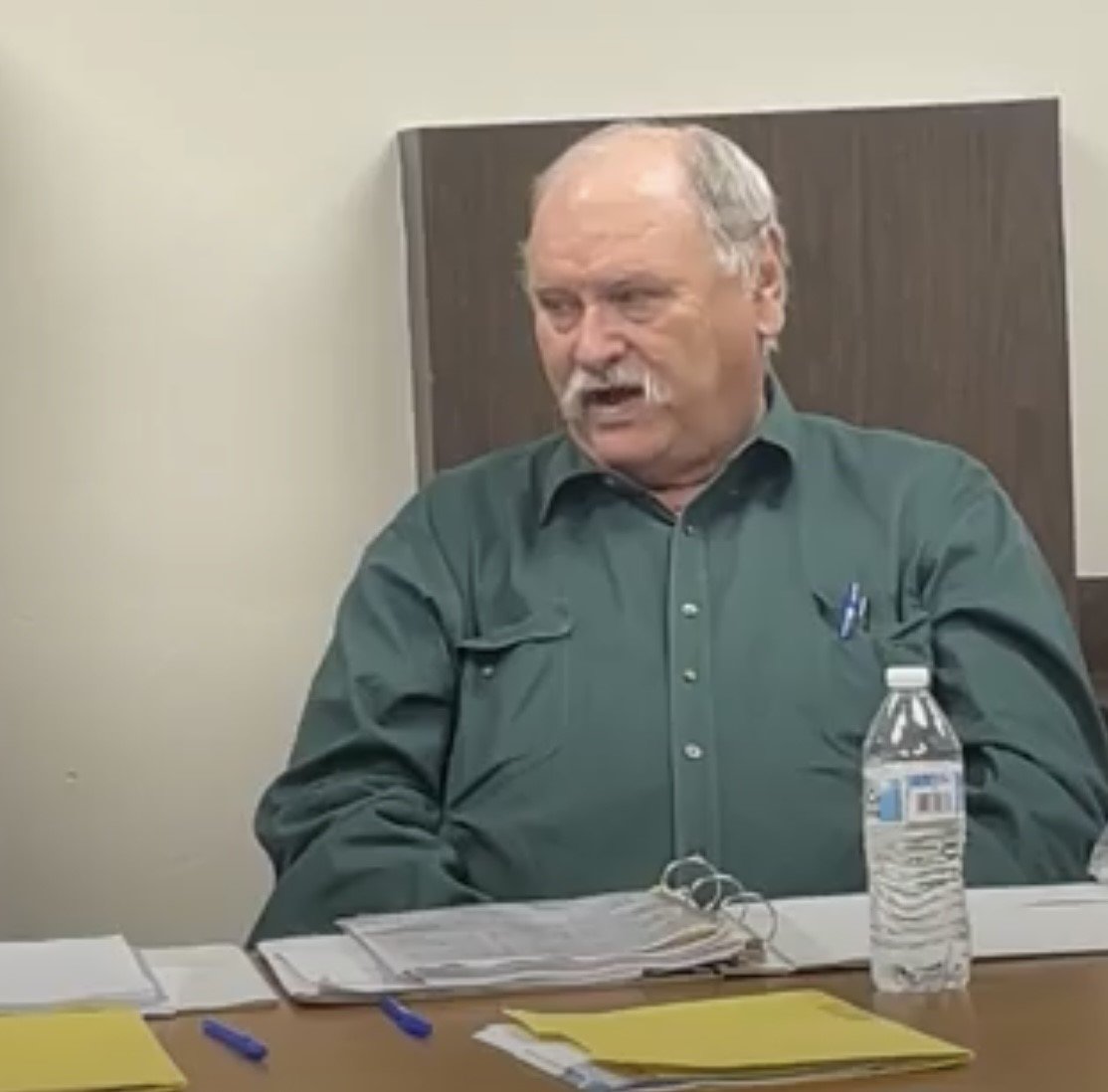Water levels slightly increase in Gonzales County’s third biggest drought
The Gonzales Underground Water Conservation District on Tuesday, Dec. 13, discussed water level findings and funding for landowners at the GUWCD board meeting, noting it to be the third-most extreme drought in Gonzales County history.
GUWCD reports overall drawdowns for the month of November showing some recovery from September to November; however, recent reports from the district also shows water levels collected from the north of the Leesville Community that have drawdowns from 1.84 to 15.94 feet from January to September.
During that period, Gonzales County has faced both moderate to abnormally dry conditions (January and February) and went from extreme to exceptional drought conditions by July to October. The water level measurements from September to November shows water levels generally remaining the same or slightly increasing according to the GUWCD.
“Considering the drought this year, the third worst drought on record, there’s not any bottoming out or anything occurring that’s out of the ordinary,” GUWCD General Manager Laura Martin said.
A Carrizo Aquifer Drawdown Map created for the September Water Level Report also shows drawdown in the district within the last 22 years. The data suggests water levels in the area north of Leesville have declined approximately 40 to 50 feet or about 1.8 to 2.3 feet per year since 2000.
The district does want to take another look at the most recent hydrographic models that show pumps of various corporations such as SAWS and Canyon Regional to determine who was the most accurate in predicting drawdown from wells on their measures.
“We’re running the world’s biggest pumping test right here,” Secretary Treasurer Barry Miller said. “Unless you have good records of how the well was completed — there’s two sections of sand out there and one section of sand that the well is in may or may not be affected more than the other section of sand on that end of the county. Nine chances out of 10, it’s (outside predictions) only going to be completed in the upper section and that section might be impacted more by the pumping than the lower section of the sand — there’s an A and a B out there in western Gonzales County.”
These statistics will be on the agenda starting in January. GUWCD’s next round of water level measurements is scheduled for the January board meeting as well and will compare more drawdown from January 2022 to January 2023.
GUWCD has a mitigation fun to offset the effects of pumping within the district. Another item that was tabled at the GUWCD meeting included funding regarding the Western Mitigation Program, which is very close to being out of money and will not be funded again until sometime later next fall.
Comments






